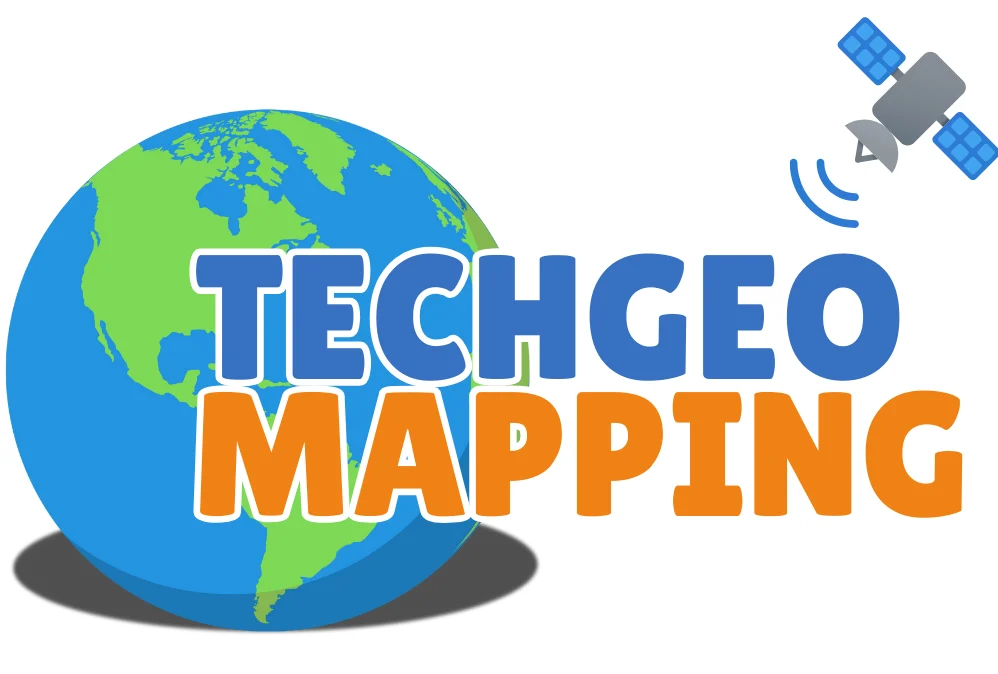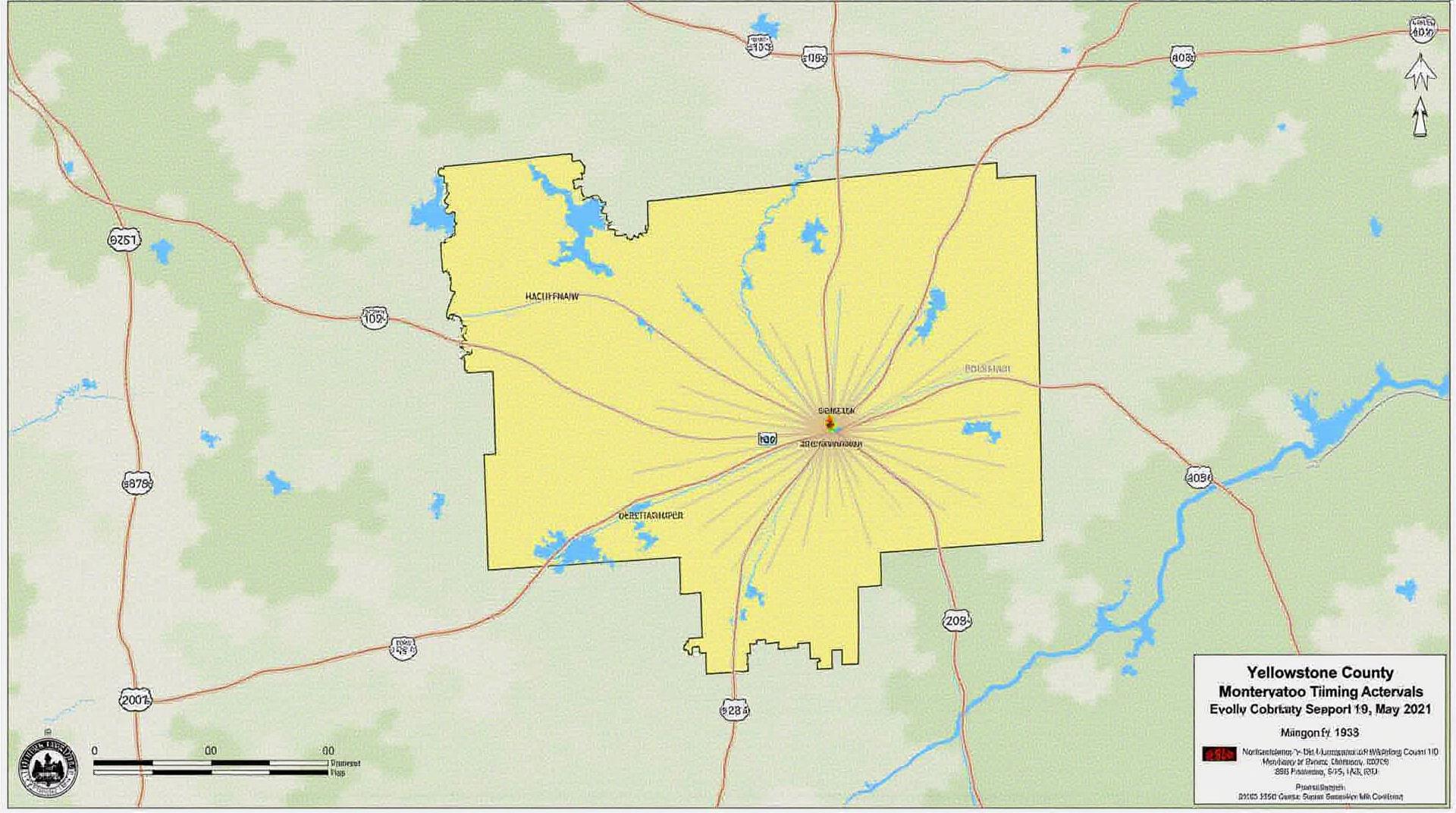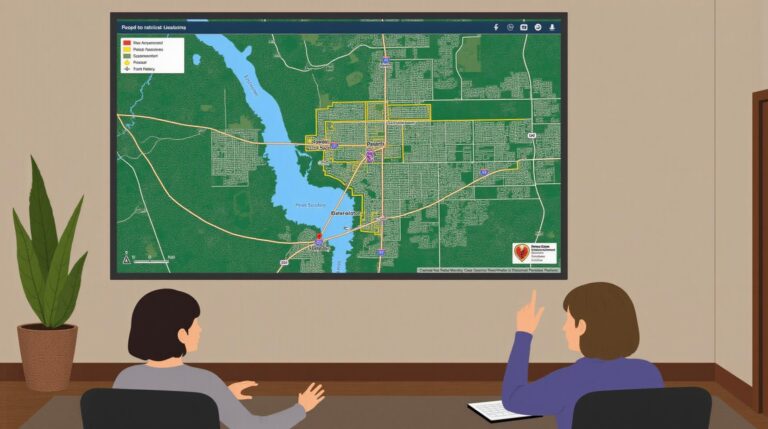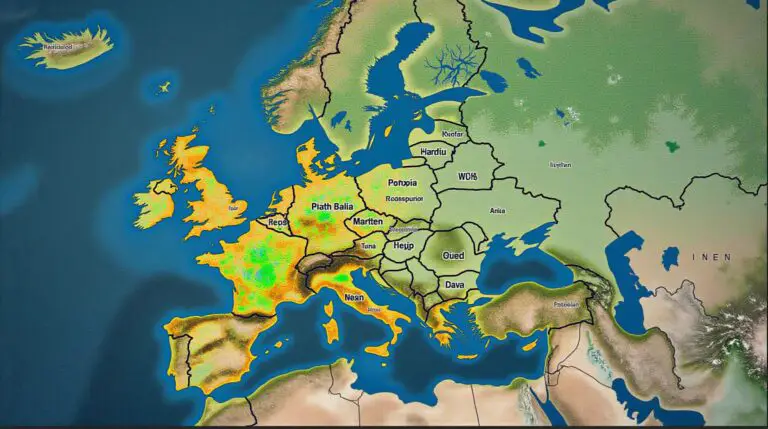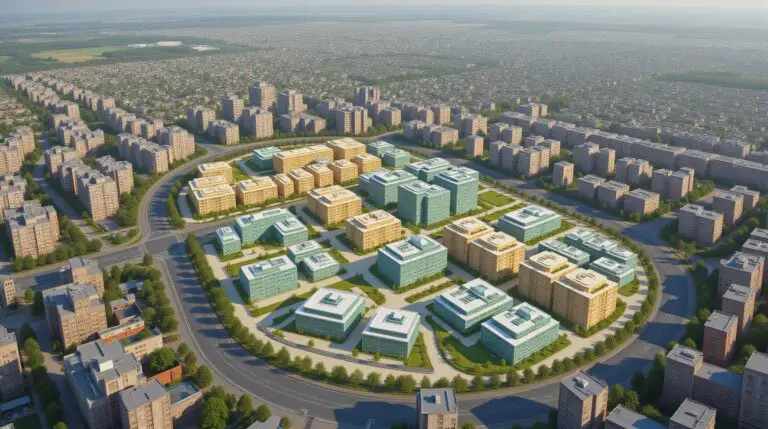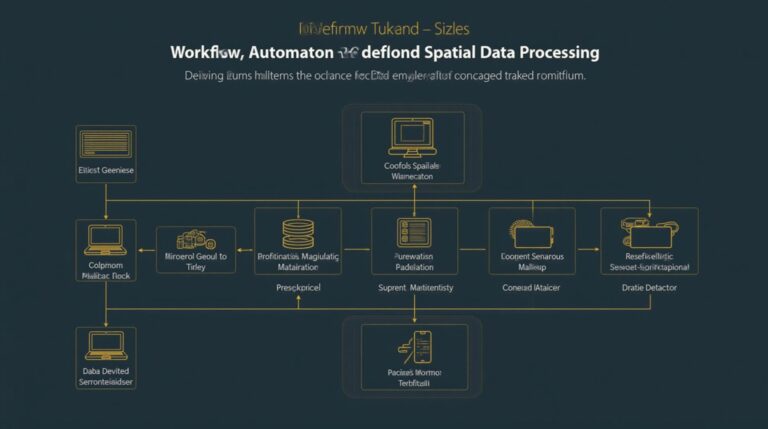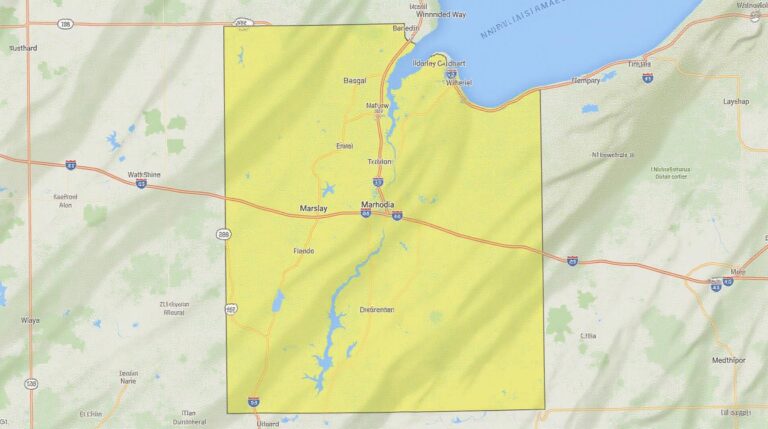Yellowstone County, MT GIS: Mapping the Region
## Yellowstone County, MT GIS: Mapping the Region
Yellowstone County, a central Montana region known for its breathtaking landscapes, rich history, and burgeoning communities, provides a wealth of valuable data for those seeking to understand its dynamic characteristics. Leveraging geographic information systems (GIS) tools and resources opens up a world of detailed insights and actionable information, empowering residents, businesses, and researchers to make informed decisions based on data-driven insights.
Key Features of Yellowstone County, MT GIS
From topographical marvels like the Little Bighorn Battlefield National Monument to the vibrant Missoula River, Yellowstone County’s assets and challenges are intricately tied to its geographical characteristics. GIS data captures the following:
* **Topography & Waterbodies:** Detailed maps reflecting elevation, slope, drainage systems, and water bodies empower users to assess flood risk, optimize land use for agricultural needs, and plan infrastructure development.
* **Land Use & Zoning:** Land use information helps understand population densities, commercial activity, and potential recreational areas. This data also helps local governments in land conservation efforts and development planning.
* **Infrastructure & Utilities:** GIS maps of public utilities, including water mains, sewer pipes, power lines, and telecommunication networks, are crucial for assessing infrastructure vulnerabilities and facilitating emergency response planning.
* **Environmental Resources:** Data on soil types, vegetation, and protected land areas are critical for understanding sensitive ecosystems, managing wildlife populations, and prioritizing habitat conservation efforts.
* **Demographic and Economic Data:** Population, housing, employment, and economic activity are key data points, empowering researchers, communities, and businesses to understand current trends and forecast future directions.
Resources for Accessing Yellowstone County, MT GIS Information
Understanding the vast potential of GIS requires discovering the right tools and data sources. Here are some reliable resources to access Yellowstone County’s GIS information:
* **Yellowstone County Geographic Information System (GIS) Website:** The County’s official website often hosts its GIS maps, datasets, and data portals, offering a centralized resource for residents and visitors.
* **Montana State Geographic Information Office (MGIO):** MGIO harbors a repository of open-source and public datasets for Montana counties, providing a broader geographic perspective.
* **USGS National Map:** The National Map houses vast topographical, geologic, and hydrographic datasets at varying scales, ensuring accessibility for users across research and business needs.
* **State of Montana Department of Natural Resources and Conservation (DNRC):** Resource inventory, zoning, and management data concerning wildlife, forest resources, and protected land administration are insightful data points.
* **Crowdsourced Information Platforms:** Websites like OpenStreetMap take community-created data, contributing to rich geospatial areas to assess community resilience, network availability, and neighborhood insights.
### Practical Applications of Yellowstone County, MT GIS
From the everyday to the highly complex, the applications of GIS data in Yellowstone County are far-reaching and constantly evolving:
* **Residents:** Virtual zoning pages allow you to help understand neighborhood trends, land use opportunities, and understand when development approvals are in play.
* **Businesses:** Data on local market accessibility, landparcel potential, and zoning regulations can help businesses make informed land acquisition decisions.
* **Students & Researchers:** GIS can illustrate historical events, track current environmental challenges, or analyze population densities for educational thesis research or data visualizations.
* **Government Planning and Emergency Response:** GIS assists in mapping critical infrastructure, emergency response areas, and evacuation zones to minimize potential damage from natural disasters and accidents.
* **Community Engagement:** GIS databases tackle public engagement with data about park access, open space inventory, and public facilities to empower community wellness efforts.
Conclusion
Yellowstone County boasts a wealth of valuable spatial data that, when utilized effectively, is invaluable for informing decision-making and promoting planning at both citizen and community levels. These resources empower individuals to understand, navigate, and capitalize on the unique resource dynamics and challenges of Yellowstone County’s rich and unique character. By embracing GIS, the residents, businesses, and researchers of Yellowstone County can unlock a wealth of knowledge and ensure sustainable futures within its remarkable landscape.
What kind of GIS Data is available from Yellowstone County GIS?
Yellowstone County GIS prides itself on providing a comprehensive suite of geographic information systems (GIS) data pertinent to Yellowstone County, Montana. Our data encompasses various thematic layers, including but not limited to:
Land Cover & Parcel Data:
- General Land Use Classifications
- Property Boundaries
- Right-of-Way Descriptions
atural Features & Elevation Data:
- Water Bodies & Natural Features
- Elevations & Terrain Data
- Corridors, Resources, and Trails
Transportation & infrastructure:
- Roads & Street Networks
- Public Services & Facilities
- Transportation Networks
Other Resources:
- Demographics Data
- Environmental Data
- County Maps and Other Visualizations
How can I access and download the GIS Data?
Accessing and downloading our data is designed to be straightforward.
You can access our open data portal here:
File Formats and Details:
We provide a variety of file formats, including shapefiles, GeoJSON, and KML. Information on each specific data set might detail the associated file formats used. For a specific data file, a description of its format characteristics and limitations are typically provided in the metadata documentation or dataset details when identifying it.
Data Requests:
For specific data requirements not readily available subcompeted access levels through public access. For specific requests for data that is not covered in our publicly available GIS data, please contact us at by [phone number](link to contact form or email address)
How can I utilize this GIS Data for my needs?
Your ability to leverage GIS data for decision-making, research, and planning will depend heavily on your goals. GIS data is valuable in fields like:
Planning and Development:
Land use planning, zoning, project feasibility assessments, and urban sprawl analysis.
Environmental Sustainability:
Monitoring natural resource management, wildfire risk assessments, and habitat conservation concerns.
Emergency Management:
Mapping emergency response routes, dwellings susceptibility to natural disasters, and damage assessment.
Public Service Management:
Enhancing police, fire, and emergency services support through strategic mapping.
Yellowstone County GIS strives to provide transparent GIS data that aligns with community needs. Using this information strategically and thoughtfully can effectively propel vital projects to the desired outcomes.
What are the benefits of using GIS data for Yellowstone County?
Utilizing GIS data offers a wealth of benefits:
- **Improved Decision-Making**: GIS data provides a snapshot to aid in targeted and effective decision-making related to land use, resource management, public safety, and more.
- **Data-Driven Insights**: GIS helps create maps and reports revealing trends, patterns, and insights previously hidden in traditional spatial data.
- **Collaboration and Transparency**: GIS fosters easier communication and collaboration amongst stakeholders across public and private sectors within the county.
- **Improved Efficiency**: GIS enhances efficiency in all areas, including public service delivery, resource management, and planning activities.
